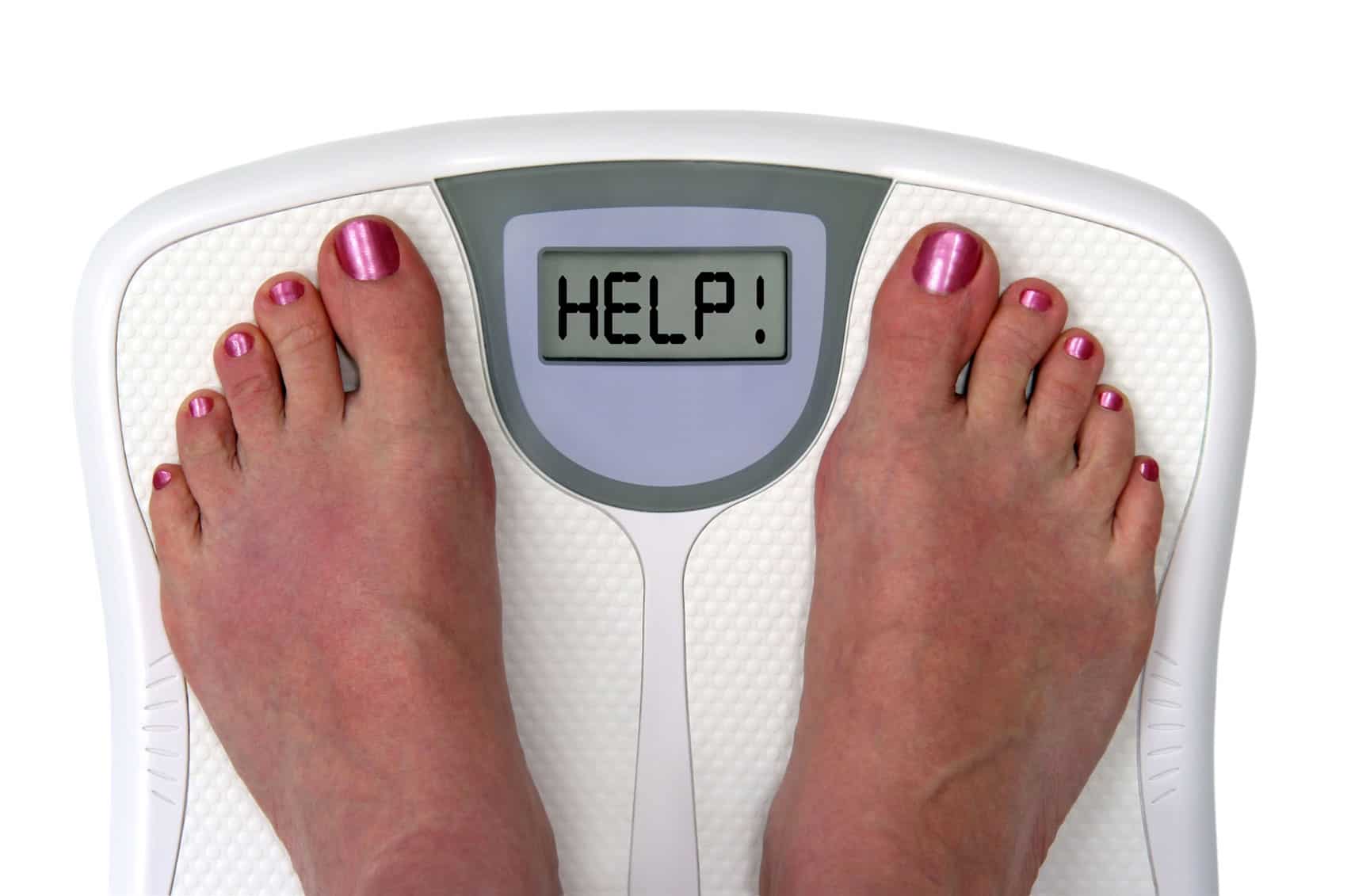By Kenny Yates
Before we can answer that, we must first look at the human body and how it burns calories and breaks down our macronutrients during exercise. Regardless of the activity/exercise, our body uses fat and carbohydrates as the main sources of fuel. In order to burn the most fat, we need to understand how our body determines which fuel source to use and how much.
What is Fat? It is
the more abundant fuel source maintained in our bodies. Fat is also stored at a
greater rate than carbohydrates and is generally not stored in muscles. (1)
What are Carbohydrates?
Carbohydrates on the other hand are stored in our muscles and liver, but
our body has fewer reserves of carbohydrates than as compared to fat. (1)
Why is this important?
If we understand the sources of energy our body uses, we can better
determine what intensity we need to workout at in order to burn carbohydrates,
fats or both. Carbohydrates are the
go-to-source for energy when you begin to exercise. As you begin, you are asking your body for
energy, which will be recruited from glycogen (stored carbohydrates) found in
your muscles. Depending on your
intensity, carbohydrates will be the main source of energy for the first 30
mins of your workout. Once energy from
your glycogen stores begin to run out, your body will then start to use fat as
its main source of energy. (2) The proportion of fuel used (i.e. calorie
burn) is dependant on the intensity of our workouts. The higher your heart rate is, the more calories
in total you burn. (3)
Of all the factors, exercise intensity matters the most in
determining which fuel source is used during exercises. There are three different processes our body
follows to utilize energy. At rest and
at low intensity exercises (which is measured by the percentage of your VO2max),
fat is the predominant fuel source.
During moderate intensity exercise (challenging but still able to hold conversation
while exercising), fat and carbohydrates contribute equally as fuel. However, at higher intensities it is
carbohydrates that become the predominant and sometimes exclusive fuel source.
There are four major fuels for exercise: muscle glycogen,
plasma glucose, muscle triglyceride, and plasma fatty acids. As exercise intensity increases, fuel sources
change accordingly. To demonstrate this,
a study was done in 1993 (Romijn), which showed that as the intensity increased
from 20% to 65% to 85% of VO2max:
- Muscle glycogen use increases
- Plasma fatty acids use decreases
- Plasma glucose use increases
- Muscle triglyceride use increases at 65% and then decreases at 85% VO2max.
- Total fat oxidation is the highest at 65% VO2max.
- Total carbohydrate use is highest at 85% VO2max.(4)
So we just went through the process of learning about caloric
expenditure - but what does this have to do with a heart rate monitor? Once you understand that our ability to burn
fat versus carbohydrates is dependant on our VO2max, the way that we measure
our workout intensity is by means of a heart rate monitor. Having a heart rate monitor that takes in
consideration your personal variables such as your age, height and weight will
allow you to get a more accurate calculation on how many calories you burn
during your exercises, regardless of the type that you choose to do. Knowing the heart rate you trained at will
also help give you a good idea of where those calories came from (fat or
carbohydrates). Some more advanced
monitors even make this calculation for you.
Once you have used a heart rate monitor and experimented
with different forms of exercises (i.e. HIIT, steady state cardio, weight
training, circuit training, etc.), you will be able to determine what type of
exercises works best for you in helping you reach your fitness goals.
References:
1. http://healthyliving.azcentral.com/fat-burning-vs-carb-burning-during-exercise-over-time-4741.html
For more information or if you have any questions regarding
your fitness goals, please do not hesitate to contact Coach Kenny @
kyates1@tollbrothers.com.

